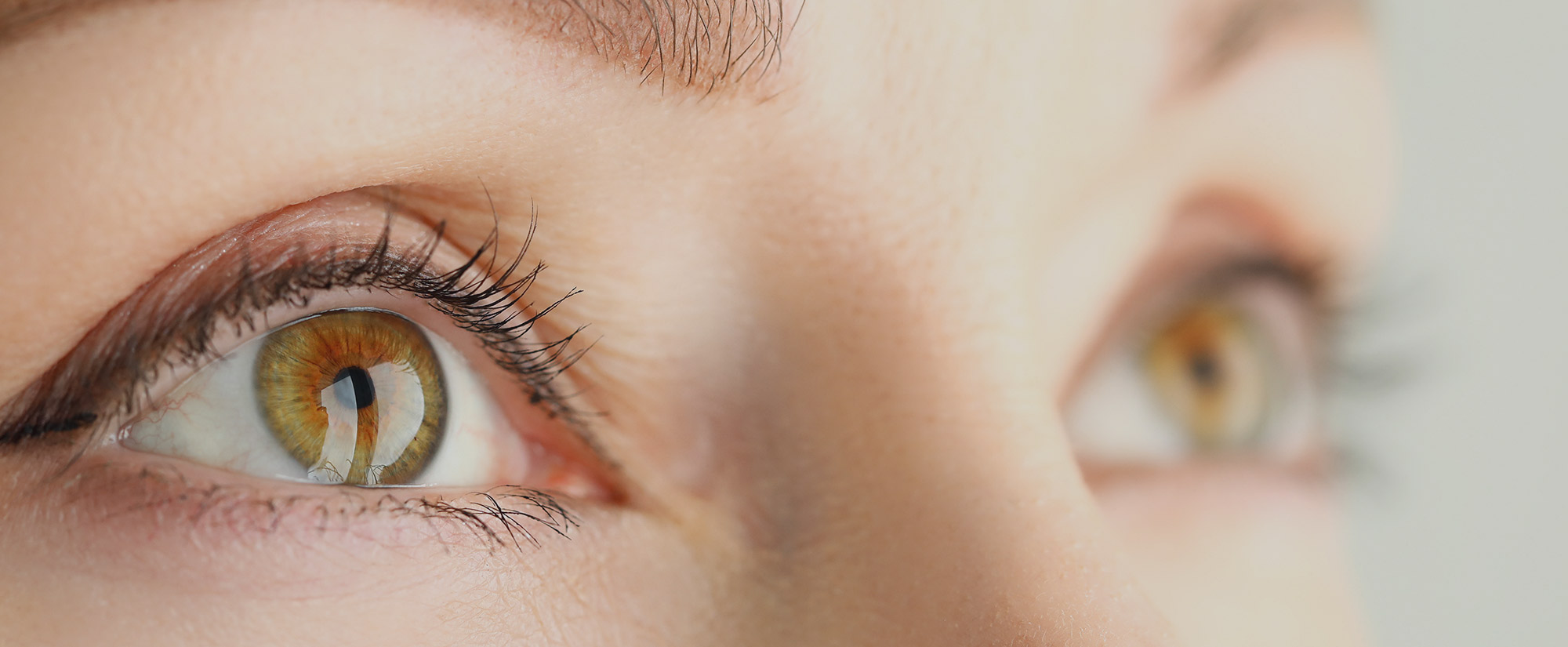

The doctors at Siegmund Eye Care have extensive experience in the pre-operative evaluation and post-operative care of LASIK and other vision correction procedures. Dr. Jason Siegmund studied with a nationally recognized LASIK eye surgeon. Dr. Jason actually had LASIK in 2000 to correct myopia and astigmatism. LASIK is the most commonly performed refractive surgery procedure. You may hear people calling it “LASIX,” but the correct name is LASIK, which is short for “laser-assisted in situ keratomileusis.”
LASIK has advantages over other vision correction procedures, including a relative lack of pain afterward and the fact that good vision usually is achieved by the very next day.
An instrument called a microkeratome is used in LASIK eye surgery to create a thin, circular flap in the cornea. Another, newer way of making the flap is with a laser.
The surgeon folds the hinged flap back out of the way, then removes some corneal tissue underneath using an excimer laser. The excimer laser uses a cool ultraviolet light beam to precisely remove (“ablate”) very tiny bits of tissue from the cornea to reshape it.
When the cornea is reshaped in the right way, it works better to focus light into the eye and onto the retina, providing clearer vision than before. The flap is then laid back in place, covering the area where the corneal tissue was removed.
Nearsighted, farsighted, and astigmatic people can benefit from the LASIK procedure. With nearsighted people, the goal is to flatten the too-steep cornea; with farsighted people, a steeper cornea is desired. Excimer lasers also can correct astigmatism by smoothing an irregular cornea into a more normal shape.
© 2025 Siegmund Eye Care • Web Design by Three Ring Focus • Privacy / Terms / Employment